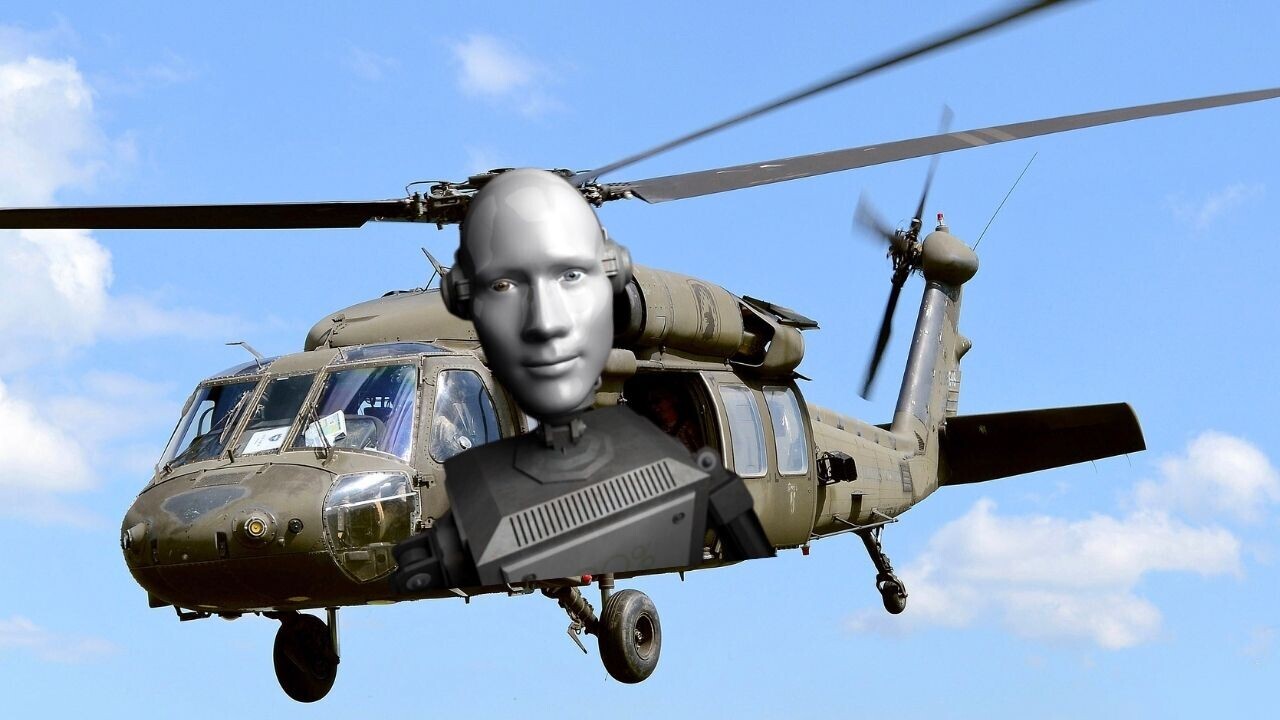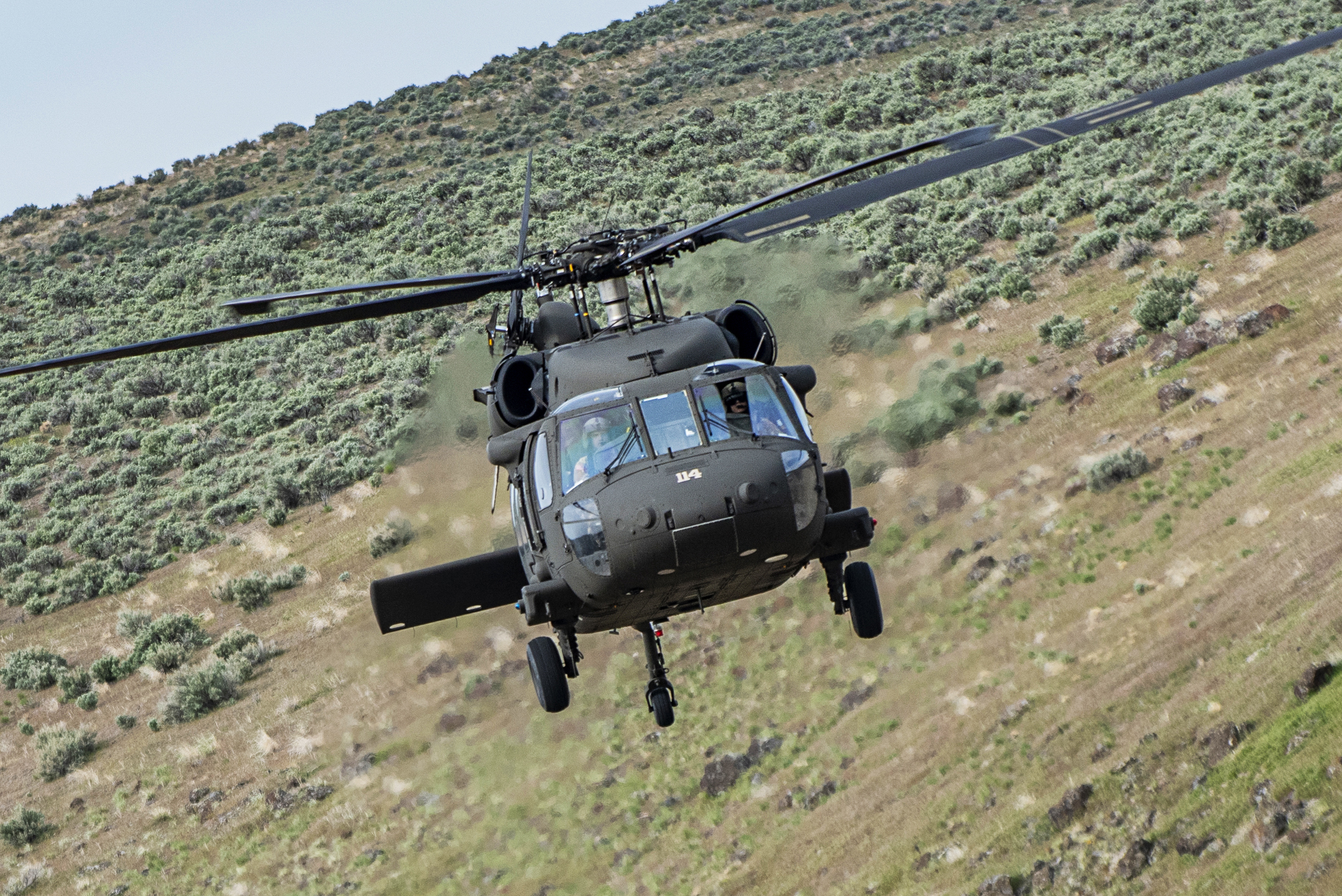Explore the Design Innovations Behind the Success of the Blackhawk Helicopter
Explore the Design Innovations Behind the Success of the Blackhawk Helicopter
Blog Article
Exploring the Thrills and Innovations of the Blackhawk Helicopter
The Blackhawk helicopter stands as a testament to military air travel's evolution, combining technical innovations with practical applications. Since its introduction in the 1960s, it has transformed the landscape of airborne support, flaunting features that enhance its performance in numerous operational duties. As we investigate its historical relevance and essential technologies, one must take into consideration just how upcoming growths might redefine its capacities. What lies in advance for this iconic aircraft, and how will emerging modern technologies shape its future in army procedures?
History of the Blackhawk Helicopter
Given that its inception in the 1960s, the Blackhawk helicopter has played a crucial function in contemporary armed forces aeronautics. Created by Sikorsky Airplane, the UH-60 Blackhawk was designed to meet the U.S. Army's need for a functional energy helicopter efficient in performing a variety of goals, consisting of army transport, medical discharge, and cargo airlift. The style was a response to the limitations of earlier helicopters, specifically in terms of ability to move, rate, and survivability.
The Blackhawk made its initial trip in 1974 and quickly got in solution in 1979. Its intro noted a considerable advancement in helicopter modern technology, featuring a two-rotor system that improved performance and security. The airplane's rugged building and construction and advanced avionics permitted it to run effectively in varied atmospheres and conditions.
Throughout the years, the Blackhawk has actually been constantly upgraded, integrating lessons picked up from different battle scenarios. Its release in disputes such as the Gulf War, Somalia, and the War on Terror additional strengthened its credibility as a vital property. The Blackhawk's heritage is identified by its versatility and durability, making it a cornerstone of armed forces air travel for years.
Trick Functions and Specs
The Blackhawk helicopter is identified by its robust design and progressed technological features, which jointly improve its operational abilities. Created mainly for energy objectives, the Blackhawk boasts a maximum takeoff weight of approximately 22,000 extra pounds, allowing it to carry significant hauls while maintaining agility.
Furnished with two General Electric T700-GE-701C engines, the Blackhawk attains a maximum rate of around 183 knots and a variety of 368 maritime miles - Blackhawk Helicopter. Its cutting edge blades system features a four-blade main rotor and a four-blade tail rotor, ensuring stability and ability to move in numerous flying conditions
The helicopter's cabin can suit as much as 11 troops or various cargo arrangements, showcasing flexibility in goal profiles. Additionally, the Blackhawk is created with innovative avionics, including electronic trip controls and a detailed cabin screen, improving pilot situational understanding.
For boosted survivability, the Blackhawk incorporates ballistic shield and self-sealing gas storage tanks. Its ability to operate in diverse atmospheres, from deserts to icy surfaces, further solidifies its reputation as a dependable system for army and humanitarian operations alike. The Blackhawk's combination of strength, versatility, and power makes it a foundation of modern airborne capabilities.
Advancements in Innovation
Innovations in technology have actually dramatically improved the capacities of the Blackhawk helicopter, guaranteeing it continues to be at the forefront of military aviation. One of one of the most remarkable innovations is the combination of innovative avionics systems, which give improved situational understanding via real-time information handling and display screen. This modern technology enables pilots to navigate complicated settings better, improving goal success prices.

Furthermore, the intro of digital fly-by-wire systems has transformed the control mechanisms of the Blackhawk, providing smoother handling and boosted responsiveness. These systems facilitate innovative ability to move, necessary in high-stakes circumstances. Lastly, improvements in communication and networking technologies make it possible for smooth coordination amongst systems, enhancing overall operational efficiency. Jointly, these technological innovations ensure that the Blackhawk helicopter remains a vital property in modern army operations.
Functions in Armed Force Operations
With innovative innovation enhancing its abilities, the Blackhawk helicopter plays a complex role in armed forces procedures. Primarily, it is employed for army transportation, enabling fast release and extraction of workers in numerous fight scenarios. Its roomy cabin can suit approximately 11 troops, making it a necessary property for large goals and unique operations.
Additionally, the Blackhawk works as a medevac platform, furnished to transport wounded soldiers rapidly and effectively from the field of battle to medical centers - Blackhawk Helicopter. Its versatility encompasses logistical support, where it brings materials and tools essential for sustaining military procedures in remote locations

The helicopter is additionally crucial in reconnaissance goals, giving aerial surveillance and intelligence-gathering capacities. Its ability to operate in varied atmospheres-- varying from city settings to severe surfaces-- additional solidifies its significance on the battleground.
Furthermore, the Blackhawk can be furnished with sophisticated weaponry, allowing it to involve in fight and supply close air assistance. This versatility highlights the helicopter's integral duty in contemporary military methods, making it a vital element of militaries worldwide.
Future Developments and Innovations
Advancements in innovation pledge to introduce a brand-new era for the Blackhawk helicopter, enhancing its capabilities and functional efficiency. As the military landscape develops, so as well does the focus on integrating cutting-edge modern technologies into rotary-wing airplane. Future developments for the Blackhawk might consist of improvements in avionics, such as advanced flight control systems and boosted situational recognition tools powered by man-made intelligence. These developments read the article will help with much more specific navigation and decision-making in complicated environments.
Furthermore, the integration of unmanned systems is on the horizon, potentially enabling for manned-unmanned teaming procedures that can expand goal accounts and decrease danger to personnel. The Blackhawk's layout is likewise expected to include lighter and stronger materials, improving gas effectiveness and general efficiency.

Final Thought
To conclude, the Blackhawk helicopter represents a substantial achievement in armed forces aeronautics, defined by its versatility and progressed technical attributes. Its historic development reflects a continuous response to operational requirements, improving capacities in different functions such as troop transport and medevac procedures. Recurring advancements, consisting of the combination of expert system and hybrid-electric propulsion, assure to further strengthen the Blackhawk's performance and importance in future military interactions, ensuring its status as an important possession on the original site battlefield.

With sophisticated technology improving its abilities, the Blackhawk helicopter plays a diverse function in army procedures. (Blackhawk Helicopter)
Report this page